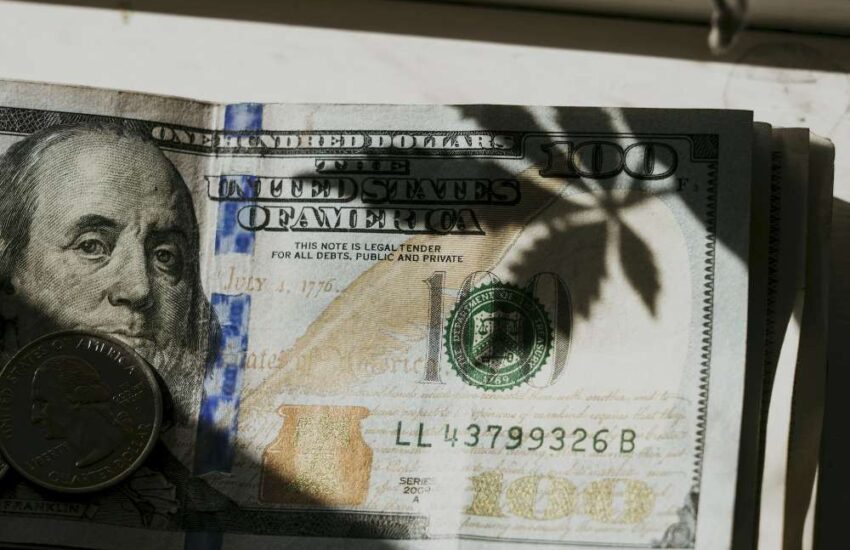Everything You Need to Know About Checks
A check is a written, dated, and signed draft that instructs a bank to pay a specific sum of money to a designated person, also known as a payee. The funds are withdrawn from the person who writes the check, called the payer.
Despite the popularity of online bank transfers and digital wallets, checks remain one of the safest and most convenient options to send money.
Here’s a short to help you understand the types, features, benefits, and best practices for sending checks:

How Do Bank Checks Work?
A check is a bill of exchange that guarantees a certain amount of money. A payor writes a check and gives it to the payee, who then takes it to the bank. When presented, the bank pays the check in cash.
Consequently, checks are a way to instruct the bank and make a monetary transaction without using physical currency.
You might receive a check from the government as part of your tax refund or from your employer for expense reimbursement. In day-to-day life, checks are used to transfer large sums of money and can also be given as gifts.
Knowing how to read a check, including where the routing and account number are, can simplify financial management and prevent confusion between the payee and the payer.
Types of Checks
In addition to the standard banking check, there are four common types of checks, including:
Certified Check: It verifies that the payer’s account has enough funds to honor the amount of the check. A certified check is guaranteed not to bounce.
Cashier’s Check: It is guaranteed by the banking institution and signed by the bank cashier. The bank is responsible for paying this check, and it is often used for large payments, such as home or auto loans.
Payroll Check: Also known as a paycheck, it is given by the employer to compensate an employee for their work.
Post-dated Check: It is issued with a future date and can only be cashed after that date. A post-dated check is commonly used for future and predetermined expenses, such as rent.
Most check types are valid for three months from the issuance date, which is printed at the top right-hand corner. After this, the check becomes invalid and cannot be cashed.
Best Practices When Sending a Check
Sending a check might seem straightforward, but there are some legal and financial implications involved. To prevent bounced checks and unnecessary confusion, follow these tips:
- Always double-check the name of the payee.
- Write the amount in both numerals and words.
- Don’t sign a blank check.
- Always sign a check with a black or blue pen. Checks written with a pencil can be subjected to fraud.
- Keep track of your check once you’ve sent it.
- Take robust fraud monitoring measures, such as double-checking funds availability and record keeping.
- Inform your financial institution if you notice any suspicious activity in your bank account.
By following these tips, you can protect your check from falling into the wrong hands.


